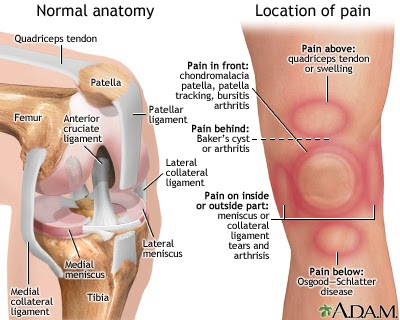 When I first started to develop knee pain when walking I didn’t know my feet were pronating already. I went to an orthopedic surgeon who wanted to scope my knee since x-rays didn’t show anything. However, my mother in her infinite wisdom told me, “If you get your feet fixed, your knee pain will go away“. My mother is a receptionist but she was right. I never needed that knee surgery.
When I first started to develop knee pain when walking I didn’t know my feet were pronating already. I went to an orthopedic surgeon who wanted to scope my knee since x-rays didn’t show anything. However, my mother in her infinite wisdom told me, “If you get your feet fixed, your knee pain will go away“. My mother is a receptionist but she was right. I never needed that knee surgery.
I was having pain on the inside of the knee and also developed shin splints. I also discovered that the the medial meniscus was starting to wear down. Usually someone with flat feet is more likely to have the pain on the inside of the knee.
In my podiatry practice, we sometimes have patients coming into my office asking if their knee pain could be related to their feet. Commonly, like me, they went to their orthopedic surgeon who took x-rays, or even an MRI. If this is in the early to mid stages of knee damage, the tests may not show anything or may show some reduction in the knee joint space. This patient will usually be sent to physical therapy for 3-6 weeks for stretching and strengthening exercises. The exercises do help tremendously, but they are not fixing the problem.
Why do I have knee pain from walking?
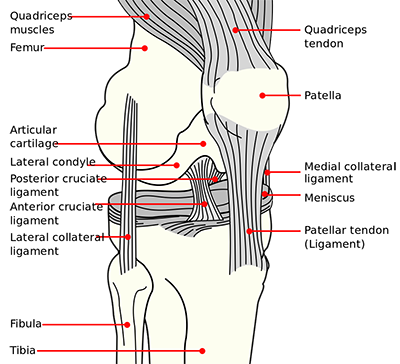 If you develop knee pain without any injury to the knee, then the majority of times the pain is related to the feet. The feet are the foundation. If the foot has too much motion (as during pronation) then the leg rotates causing the knee to begin rotating as well. Knees are designed as a hinge joint so the lower leg can go back and forth. The knee is not designed to twist. The twisting motion in the knee causes damage to the collateral ligaments on the sides of the knee and a stretching of the cruciate ligaments inside the knee. This weakens the knee and often the knee becomes unstable.
If you develop knee pain without any injury to the knee, then the majority of times the pain is related to the feet. The feet are the foundation. If the foot has too much motion (as during pronation) then the leg rotates causing the knee to begin rotating as well. Knees are designed as a hinge joint so the lower leg can go back and forth. The knee is not designed to twist. The twisting motion in the knee causes damage to the collateral ligaments on the sides of the knee and a stretching of the cruciate ligaments inside the knee. This weakens the knee and often the knee becomes unstable.
This motion also causes the patella tendon on the front of the knee to be strained. With prolonged twisting, the meniscus can even tear and eventually wear down causing painful bone-on-bone arthritis. As the cartilage is worn down, many people seek relief of pain through injections or by taking anti-inflammatories and some need knee replacements.
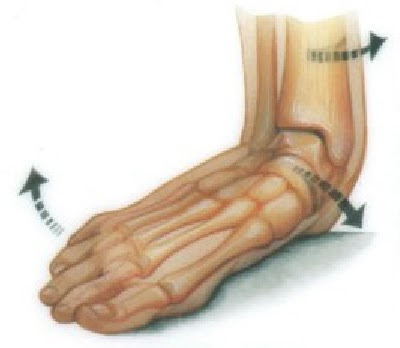
Pain on the outside of the knee is more related to someone with average to high arches but also seen with people with flat feet who are compensating and walking on the outsides of their feet.
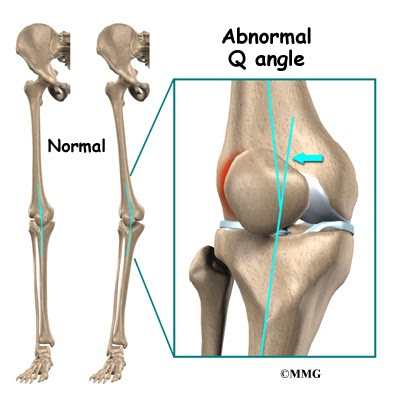 Another common knee problem is pain at the front of the knee. This is also related to the feet pronating too much. One thing that is measured is the Q-angle. When standing, if the knee is rotating too much, there will be an increase in Q-angle. This makes the patella(knee cap) move inward rubbing on the knee causing chondromalacia patellae. With increased pronation, comes increased rotation of the leg and thus rotation of the knee.
Another common knee problem is pain at the front of the knee. This is also related to the feet pronating too much. One thing that is measured is the Q-angle. When standing, if the knee is rotating too much, there will be an increase in Q-angle. This makes the patella(knee cap) move inward rubbing on the knee causing chondromalacia patellae. With increased pronation, comes increased rotation of the leg and thus rotation of the knee.
You may have a child with knee pain and have been told this is growing pains and they will grow out of it. This is a very painful thing for your child and will limit their activities. But again, unless there was an injury to the knee, this knee pain in children is generally due to Osgood-Schlatters Disease. This is pain at the front of the knee where the patella tendon attaches into the tibia. This is a growth center and if the patella tendon pulls too much on this area it causes an inflammation. My nephew recently had this and was so frightened when it was called a disease, thinking he would have this the rest of his life. I am not sure why they call it a disease and not a condition but this is not something your child has to live with for years. This usually occurs in kids between 10 and 15 and is more painful with activity. Again this is more common in kids with flat feet.
Can insoles help with knee pain?
Yes!! The proper insoles can help relieve pain and even prevent knee surgery. We were at a home show with our j1 insoles and a lady asked if the insoles could help her at all. She was scheduled for a knee scope the next week. We said we thought it could help and why not try the insoles. She had average arches. Two months later, we were doing another home show in her city. She found us and said, I had to find you guys and tell you I never had to have the knee surgery and my knee is fine now. She said she started wearing the j1 insoles right away and that day her knee started to feel better and all the pain was gone within 3 days. We are not saying everyone will have this same story but we do know j1 insoles will help with your knee pain.
Just getting any insole for your feet will not always work, it needs to be an insole that is the correct style for your feet- whether you have flat feet or average arches.
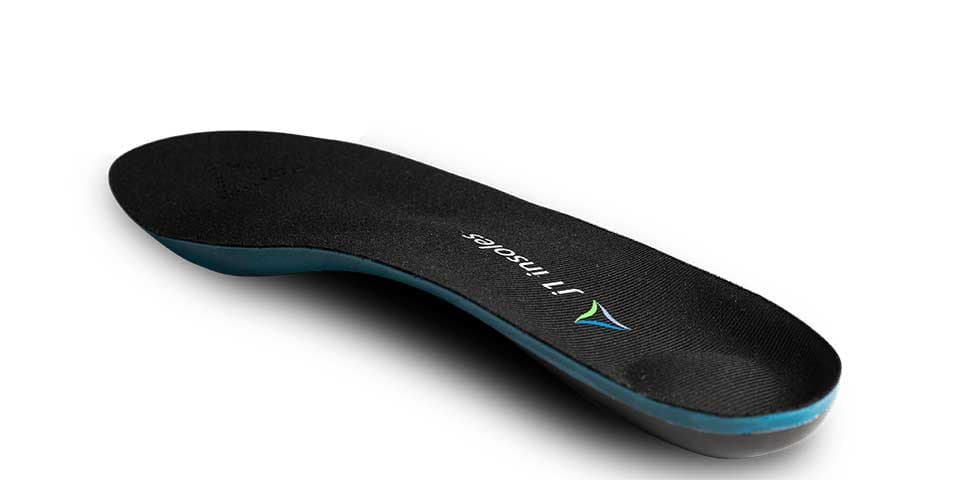 Other treatment options for knee pain are exercises to strengthen the thigh muscles such as leg extensions. Anti-inflammatories and icing will help reduce the pain. Shoe gear is also important. If your shoes are worn down, this will cause unnecessary rotation of the feet, legs and knees. For children, wearing the band across the patellar tendon does seem to help some as well.
Other treatment options for knee pain are exercises to strengthen the thigh muscles such as leg extensions. Anti-inflammatories and icing will help reduce the pain. Shoe gear is also important. If your shoes are worn down, this will cause unnecessary rotation of the feet, legs and knees. For children, wearing the band across the patellar tendon does seem to help some as well.






